|
The time has come to explore a new dimension of experience in cannabis. What connoisseurs have come to expect from a top shelf indoor flower can now be found under the sun in native soil, grown in complete harmony with nature, reflecting the distinctive flavors, characteristics and true Terroir of the land and the region in which it is grown. Located in one of the most special cannabis appellations and premier micro-regions for cannabis cultivation in the world, Flowerdaze Farm is dedicated to upholding a standard of quality, purity, and artistry that is first and foremost about making art, in humble collaboration with Nature, and pursuing what is so much more than a passion, it is our way of life; The Way of The Flower—the ancient spiritual art form of nobly and mindfully preserving the very essence of Nature in its finest moment. We hold true in our practice to the lessons that the plant teaches, and it shows. We use no commercial pesticides or fertilizers, and everything that goes into producing our flowers is made on the farm from the land, by our own hands, from start to finish. Our small batch, specialty flowers are meticulously tended and holistically cultivated to full season under the sun in native living soil, harvested in single batches at the very moment the resin is most ripe, impeccably preserved, and cured to perfection. The outcome is a true top shelf flower that has the beauty, complexity and elegance of premium quality, and the perfect combination of the most natural, pure, multidimensional and spiritually elevating medicinal experience you can buy. The real reason why we insist on doing it this way? Because we love it. Is it worth it? Absolutely. We would have it no other way. And the best part about it? We can share it with the world.
0 Comments
Historically, the “Top Shelf” at most retail dispensaries has been largely and almost exclusively indoor grown. There is no question that an indoor cultivator with great skill can create a product that looks just right, and is harvested at the exact finishing time. In fact every watering, feeding and light cycle can be perfectly timed out with a timer, often controlled entirely from the grower’s mobile device while they are somewhere else besides their grow room. However, it is our opinion that the sun is still better than any light bulb, and that full season naturally sungrown flowers have the most optimal terpene, cannabinoid, and flavonoid profiles. 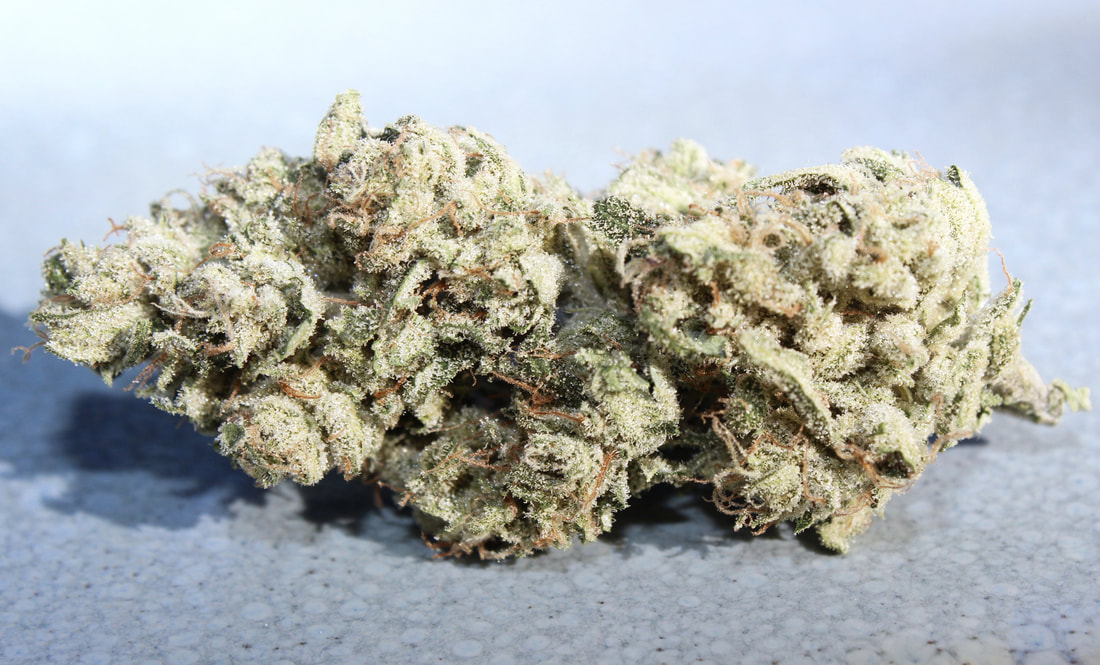 Our Full Season Sungrown Strawberry Cough, now available at Solful cannabis dispensary in Sonoma County, CA Our Full Season Sungrown Strawberry Cough, now available at Solful cannabis dispensary in Sonoma County, CA Truth be told, really great growers committed to their craft from start to finish grow really great weed, indoors or outdoors. However, it is harder to be Regenerative, to go way beyond sustainable, when you are not using the sun or growing in nature, and consumers should and do care about how their product is made. And yes, we will admit, we do think that all other aspects being equal, a flower sungrown in nature is a superior product. Like any great work of art, the closer it is to truly divine inspiration, the greater the masterpiece; there is a certain undeniable magic to the spiritual and connective experience of a medicinal plant grown in this artisanal and regenerative way, with great love and attention in complete harmony with nature and the cosmic vibration of all existence. 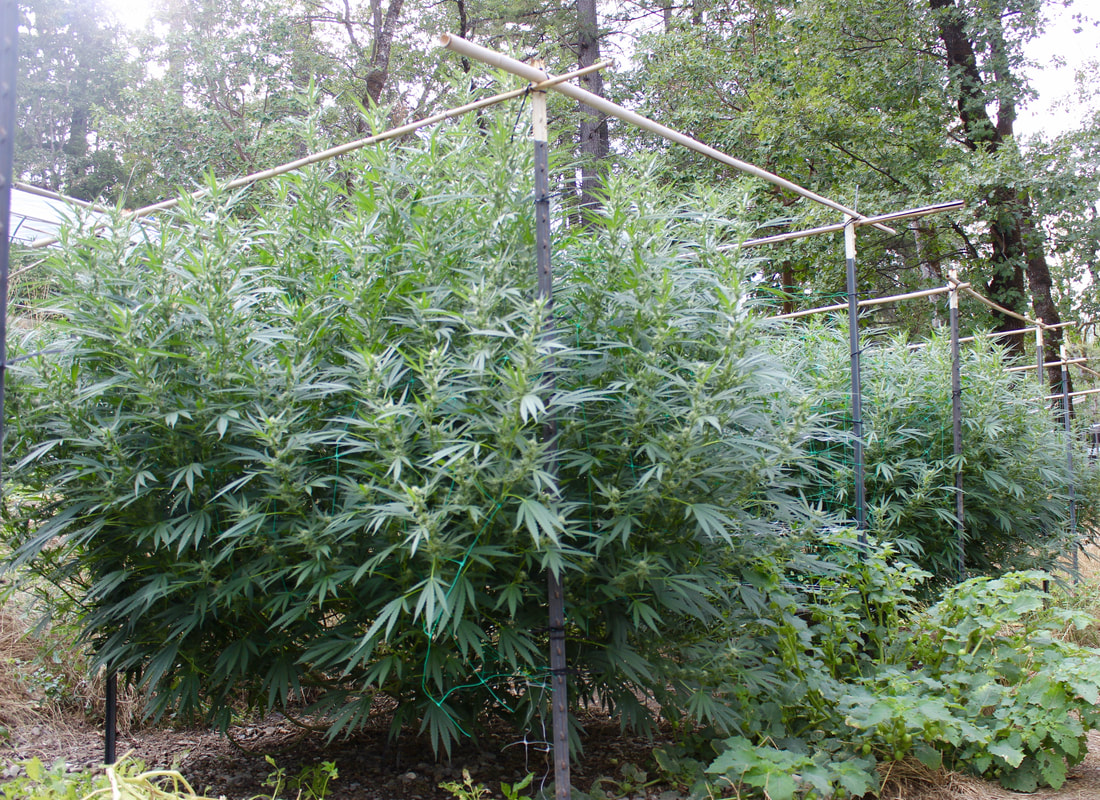 Strawberry Cough growing in poly-culture alongside Tomatillos in the garden Strawberry Cough growing in poly-culture alongside Tomatillos in the garden Unfortunately, the reality still remains that the small farmer faces the steepest part yet of the climb in the arduous road to the California retail market. Only 1% of the existing heritage farmers in the three counties of the Emerald Triangle have attained a state license. These tens of thousands of small farmers have historically produced 60% of the cannabis consumed nationwide, and were falsely promised by the state of California a chance to finally come out of the shadows. The burgeoning legal market threatens to leave most of them behind. Out of the 1% of the small Emerald Triangle farmers who have attained a state permit, it is expected that about half will fail to make it through the hoops of regulation and/or go out of business this year. Meanwhile, large corporate entities continue to claim the majority of the state licenses and retail shelf space thus far handed out. So what does this mean? It means that it is still pretty damn hard for most Californians to find a nice selection of fair trade, ethically and regeneratively produced pure, clean, sungrown medicine from a truly small, artisanal craft farmer in their local dispensary. (And it isn’t because we don’t exist.) Who is going to bat for the conscious consumer? Who is going to bat for the small farmer? A few folks are. Solful, a licensed recreational and medical dispensary in Sebastopol, Sonoma County, is likely one of the finest examples of a retailer who is supporting small, craft, Regenerative cannabis farms. Solful is dedicated to curating high quality and impactful products that are consciously cultivated, safely produced, and lovingly offered to the community. They vet their farmers thoroughly to ensure that our practices are second to none, seeking out and offering the purest, cleanest, highest quality and most ethically and ecologically produced cannabis products on the market. We here at Flowerdaze are very excited and thankful that our entire line of limited release, single batch, full season sungrown flowers are currently available to anyone over age 21 or with a medical recommendation at Solful. We were also very excited to attend a Regenerative Cannabis Farmers gathering a couple weekends ago. It was a very positive gathering at a time when regenerative, artisanal farmers need to come together most and define who we are and what Regenerative Farming truly means so that conscious consumers can know the difference between us and all the green-washed corporate propaganda that is sure to over-saturate the general retail market. Regenerative Farming, however, is a movement that is not canna centric and that goes far beyond the realm of this one plant in the kingdom. And, it isn’t something money can buy. This is critical to remember in these difficult times. The longterm problems we all face are the result of a much bigger epidemic. Regenerative Farming is a way for farmers and all people to utilize their own resources to provide abundance and resilience against global corporatization of local natural resources, including water, agricultural land use and the genetic diversity of seeds, while improving the health of the land and themselves. Regenerative farming is inclusive of all natural farming practices, including biodynamics, Korean natural farming and permaculture, committed to building fertility in closed loop systems on the farm. When necessary to source offsite farm inputs, Regenerative farming emphasizes the importance of doing so locally, ethically and sustainably. Farmers big and small of all crops all over the world are facing the same issues today, and regenerative natural farming is proving to be the solution, by consistently lowering costs and artificial chemical contamination, raising crop quality, and improving ecological, soil, individual and community health. Even many organic inputs are sourced from industrial waste byproducts or unsustainable mining operations and are shipped globally, resulting in massive carbon footprints and high costs for the farmer. As the burgeoning legal cannabis industry is greenwashed by false marketing promises of sustainability, Regenerative Farming will define a new standard of sustainability for consumers of our food and medicine that are in line with the values that the plant teaches us. It is imperative that all of us demand justice for our food and natural medicine systems or they will continue to be threatened, here and across the globe. The state of the new “legal” (corporatized) California cannabis market makes us wonder what price the “end of prohibition” is truly costing us, and after everything we have been through to get here. 2017 was quite a year. As small farmers we’ve been so used to the difficulties and incredible struggle of keeping up with the changing industry the last several years that we just kept right on busting it and working super hard, our noses were to the grindstone, or should I say the dirt, all year long.
It was amazing to finish out 2017 by receiving first place at The Emerald Cup for Regenerative Cannabis Farming. We are constantly feeling humbled by this great honor, and truly inspired by the amazing group of Regenerative Farmers that we met this year. The Regenerative Cannabis Farming Community is growing every day, and it is incredibly exciting to see that we are changing the world, one farm at a time. As morning dawns on the brink of Weed legalization in California, small growers are taking note of what makes a really great wine. Why? Because much like in the world of wine, where and how you grow your weed is finally going to matter. The Emerald Triangle is not just a place where back-to-the-landers from the 1960s generation went to “drop out” and be left to their own devices, it is today one of the most important and distinctive geographic regions in the world for the cultivation of world-class cannabis. What is it exactly that makes our location so special for growing really great weed? There is something about the angles at which the sun hits the earth at our particular latitude and longitude, and the way the seasons evolve, the particular distance from the ocean and the rugged mountains that surround our valley, the natural mountain spring-fed waters, and the bountiful life-filled wilderness of Oak, Pine, Fir, Madrone, wildflowers and wildlife that surrounds us. Most important to the distinctive flavor and effects of our flowers is the purity and richness of our native living soils in this woodland meadow in a lush river valley deep in the heart of the inner Emerald Triangle. The flowers, like the people, seem to display the uniquely wild, pure and magnificent natural characteristics of our soil and our region. They are resplendent, blissful, and brilliantly impressive with a larger than life vim and vigor. This is a very special place. And it is because of a very special people with a great love for this particular plant in all its glory, determined to help it fulfill its destiny, that the Emerald Triangle has emerged as one of the most important regions in the world for the cultivation of cannabis. It is the unique characteristics of a named place, or Appellation, which give a product from that particular place its distinctive qualities. At the moment in the United States, not even the wine industry has true Appellations. Rather, wine producing areas are identified with Geographical Indications (GI) called American Viticulture Areas (AVA). This designation, however, has no other qualification than to stipulate that at least 85% of the grapes used to make that wine were grown in the named geographical area. In France, on the other hand, Appellation d’Origine Controlée (AOC) has many more requirements. The purpose of these is to identify the unique conditions prevailing in that area of origin, to show why the product is unique. Many factors are considered, such as weather, temperature fluctuations, average rainfall, typical frost dates. There is also soil quality and composition, which is based on the geology of the region as well as the water. The other set of factors are the "human interventions in the process", the particular farming methods which are a result of generations of trial and error by the farmers in the region. This is also key in the breeding of unique heirloom varietals. The French have a concept that encompasses all of these ecological elements such as "climate, geology, soil and cultural heritage combined with a spiritual relationship with the land". The word is Terroir; most simply translated as “of the Land, of the Place.” In the Emerald Triangle, generations of backwoods farmers brought landrace strains back from the farthest reaches of the globe, including legendary cannabis growing regions such as the Hindu Kush area of Pakistan and Afghanistan that is not easily accessible today. Many strains were shared and bred openly for generations, allowing natural selection and genetic vitality and evolution to progress while selecting for characteristics that have created potent and beautiful flowers with great vigor for our particular climate, and a certain distinct je ne sais quoi, that comes from our unique Terroir. It will be important for California cannabis consumers to demand knowledge beyond where their cannabis was grown, but also how; to go way beyond organic sungrown, to ask, was it grown exclusively in native soils? What farming practices, water source, nutrients and inputs were utilized? Are they inputs that are sourced externally from outside places, or does the fertility used come from the land in which it is grown? Do the farmer and the farm have a heritage with cultural and spiritual ties to the region, the land and the product? We believe these factors are critical in the outcome of the product, and the difference definitely shows. True Terroir comes from planting outdoors in the ground in native living soils, and utilizing inputs and fertility that come from the land itself. Our farm’s mission is to thrive as one whole interconnected living organism that creates abundance through its own fertility and regeneration of the land, via holistically cultivated biodiversity and closed-loop natural systems of renewal, utilizing guiding principles of permaculture and biodynamics to enhance the health of our native living soils and unique characteristics of our Terroir. As community leaders in the Regenerative Agriculture movement, we are deeply committed to using only the most ecological, sustainable, and holistic of growing practices. For us it is more than a passion, it is a way of life. Ultimately, the proof is in the pudding, and we know that we personally love the flavor of flowers that is 100% pure and unadulterated. Check out our latest Laboratory Test Results here.
At cannabis events we have periodically been told that we remind people of “a young Niki and Swami.” And while I am pretty certain we are much lesser known than they, like Niki and Swami and good folks like the O’Neills down in Mendo, we have been actively involved from the beginning in the legalization process, and the fight to defend the small craft cannabis farmer in the advent of Big Weed. But we have been rather quiet when it comes to revealing our personal identity outside of our very remote and hidden neck of the woods. Maybe it is because we live in Trinity, land of outlaws and rebels, typically regarded by the more yuppified and mainstream Mendocino and Humboldt counties to be something like the wicked stepsister of the Emerald Triangle. Maybe it is because years of forced anonymity and secrecy and the questionable nature of our government's laws have kept us from revealing our true identity, even when affiliated with award winning weed collaborations. Or maybe it is because while here in the Emerald Triangle Weed used to be something everyone had a little bit of in their garden to help them get by, we have witnessed the rapid evolution of both a massive illegal industry with no regulation and a legal industry so clearly carved out for big business, and that scares us a little bit for the future of everyone who we love just trying to make it in the brave new world of pot. Due to its criminalization and prohibition, cannabis has had the strange benefit of having been excluded for the better part of the last century from the vile clutches of the legal corporate industrial economic machine. That is all about to change. As exciting as legalization is, the logistics of regulation are complex, and come Jan 1st 2018 your farmer can’t legally deliver their own crop to market without going through the proper channels. This goes way beyond the farmer needing to be a fully licensed, permitted cultivator. To be legal, they must also seek and secure legal distribution and transportation channels or be vertically integrated, i.e. own their own dispensary, in order to legally reach the retail market. It goes without saying that vertical integration and the invitation by our government to big business has made it nearly impossible for the small Emerald Triangle farmer to come out of the shadows and participate in the legal California market. Small farmers are in great detriment of not being able to get their crop to market without the use of a large corporate distribution company who may or may not have their or yours, the consumer’s, best interests at heart. Furthermore, there are a multitude of corporate and private interests who have already attempted to stake out the controversial intellectual property of patenting genetic strains, including patenting the entire genus of cannabis sativa entirely. The Monsantos of Weed are out there, and truth be told, they scare the crap out of us. But we also scare the crap out of them. We know how to grow organically without using any externally sourced inputs, and still pass labs, a feat many industrial agronomists still have yet to accomplish. We know how to breed and save seed that will retain its true genetic characteristics, not just produce F-1 hybrids of inconsistent phenotypes. But most importantly, we know how to keep it all hidden, and if we have to, we will go back to the old ways before we will go along with the Monsantos of Weed. Are we in a position as small farmers to win against the Monsantos of weed? That is difficult to say considering the regime currently in federal power. Meanwhile in California, we are banding into cooperatives and focusing on quality. However, our days of operating like the mob are not far behind us, and we aren’t afraid to have to be rebels and even outlaws in the name of what is right. Ironically, this kind of vigilante courage is also a classically American trait, and one that is exhibited frequently in backwoods growers. It is a trait that I would prefer to see a lot more of in the legal cannabis industry. After all, aren’t our strong, independent character and our counter-culture way of life a large part of what makes weed culture so cool? Most importantly from a consumer standpoint, who do you want growing your weed? Do they even smoke pot? You might be surprised to find out how many posers are jumping aboard the green rush bandwagon. And since these days it is all about marketing, they are all going to tell you they are “small batch”, “sustainable”, from “family farms” and whatever else you want to hear. Who is bluffing? That still remains to be seen. Will distributors be willing to pick up weed from small farmers who live in the boonies when they could just get it in the Central Valley or a nearby warehouse the size of a shopping mall? Will the posers and sellouts figure out how to grow great weed on a large scale? Perhaps. Will it compare to the weed lovingly grown in small batches by heritage Artisan farmers with True Terroir in the most distinctive cannabis Appellations in the Emerald Triangle? Doubtful. Once again, the proof will be in the pudding, and it will be up to consumers to decide how important the source of what they ingest into their lungs and minds is to them.
It is very possible that there will be so few operators left standing when the new state licensing laws take effect that there could be a temporary shortage of legal weed on the shelves. If we are lucky, the small farmers who make it through the hoops will have a chance to reach the shelves. That will indeed be temporary, as the new posers rush to build their mono-crop weed mega farms like the Budweiser of cannabis. Over-supply of unexceptional product is likely to continue. But how easily you will be able to order a craft bud from an artisanal small batch farmer still remains to be seen. I would like to think there are enough interested consumers out there who do care about both quality and a farmer's growing practices, and also want to support truly ecological and regenerative agriculture and small family farms, to sustain the relatively small amount of cannabis being produced in a truly regenerative poly-culture system. Even to most organic growers it seems scary to put your trust in Nature completely and try not to interfere with the process that happens when humus is built up naturally in the soil, providing plants with a complete array of vitamins and minerals needed to thrive, as well as the all important microbiology which flourishes in healthy soil and works precisely and delicately alongside plants’ root systems to make nutrition readily bioavailable when plants want it, resist pests and ailments, and produce high yields and increase oil resin production and potency. It is no surprise, however, that the finely tuned art of Nature has a perfect way of doing this. In order to grow amazing weed without any store-bought fertilizers, first of all, you must be willing to grow in the ground, out of doors, in native living soils (and preferably with natural unchlorinated waters). Secondly, you must be willing to do the work of building your own soil. How does one do that? It’s very simple. Stop buying things such as bagged soil, store bought nutrients or fertilizers. Raise chickens and/or other livestock such as sheep, goats or cattle. Utilize the manure and waste of all the living beings on your land to make your own compost. Companion plant or rotate fodder crops for feeding them alongside your cannabis and other crops. Get worms and make your own castings, too, from the same wastes and food scraps. Cover crop every winter and mulch regularly to build organic matter. Rotate cultivation areas or rows into fallow to rest the soil every 3-5 years. Do not over-till or cultivate with heavy machinery. Oxygenate and cultivate your soil by hand to increase the nutrient intake and fertility within the humus you create. Companion plant with beneficial plant species and cultivate a bio-diverse poly-culture to keep soil nutrients and microbiology in healthy balance and pests under control. Utilize Biodynamic plant and mineral preparations of Quartz Crystal, Horn Silica, Yarrow, Chamomile, Oak Bark, Stinging Nettle, Willow, Burdock, Dandelion, Valerian and Horsetail and manure preparations and compost teas to fertilize in a closed-loop system.
Biodynamics is a holistic, ecological, and ethical approach to farming, gardening, food, and nutrition that has been practiced for nearly a century, on every continent on Earth. Biodynamic principles and practices are based on the insights of renowned German scientist and philosopher Rudolf Steiner and have been developed through the collaboration of many farmers, scientists and researchers since the early 1920s. It may come as a surprise to some that one of the most important centers for the preservation of Biodynamics was right here in our remote little valley deep in the heart of the Emerald Triangle, where one of Rudolph Steiner’s most dedicated prodigies, Minerva Brooks, emigrated in the first half of the 20th century to escape the Nazi regime in Germany and bring Biodynamics safely out of Nazi Germany to the United States. Minerva had had a dream shortly after Steiner’s death, in which he came to her and very clearly uttered only one word, “Hyampom”. Minerva Brooks had never heard this word before in her life and had no clue as to its meaning. She did, however, embark upon a journey to the United States, initially landing in the Middle West somewhere. She continued her journey for “Hyampom”, discovering that there was such a place, named so by the Wintu Tribe, which had long inhabited the tiny remote river valley deep in the mountains of Northern California. She relocated here, where she spent the next 40 years running a Biodynamic farm in this pristine wilderness Valley. Today, the Biodynamic movement encompasses thousands of regenerative gardens, farms, ranches, orchards, and vineyards, in a wide variety of climates, ecological contexts, and economic settings. Biodynamic farmers strive to create a balanced and diverse ecosystem that generates health and fertility as much as possible from within the farm itself. A Biodynamic farm is the ultimate regenerative farm. Preparations made from fermented manure, minerals and herbs are used to help restore and harmonize the vital life forces of the soil and to enhance the nutrition, quality, and flavor of the food and products being raised. Biodynamic practitioners also recognize and strive to work in cooperation with the subtle influences of the wider cosmos on soil, plant, and animal health. Perhaps this is why Biodynamics is sometimes misunderstood and considered to be like a form of witchcraft. As much as I love to think of myself as a witch having inalienable powers, in Biodynamics the connections between living things on Earth and the forces of the cosmos are astronomical in nature, not astrological or mythological. 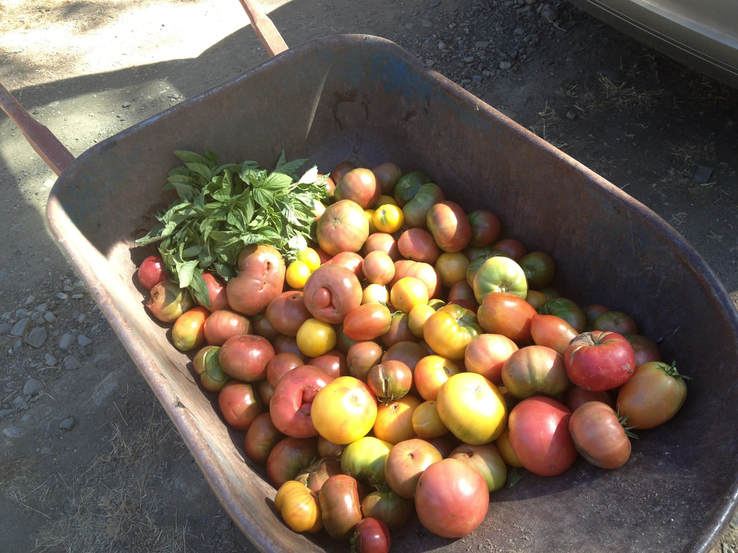 In other words, we use science to determine astronomically which influences are having an effect on the Earth at any given time, and how those influences subtly affect living organisms of different types. It allows us to perceive ourselves and the plants, animals and soil we raise as part of a whole interconnected living organism that is The Farm. Furthermore, it allows us as The Farm to be holistically interconnected with the larger global energies of The Earth and the greater cosmic forces of The Universe. It provides us with a real, direct and simple approach to healing the Earth and ourselves. Biodynamics is thus not just a holistic agricultural system but also a potent movement for new thinking and practices in all aspects of life connected to food and agriculture. Witchcraft or Science, either way, it works. I like to think of it more as a way of life. |
Follow
AboutFlowerdaze Farm is the regenerative farm of a slightly reclusive, enigmatic family of renegade backwoods award-winning artisans. This Emerald Triangle family farm specializes in artisanal medicine, producing small batch, one-of-a-kind, connoisseur, full season cannabis flower, handcrafted from start to finish and reflecting the distinctive flavors, characteristics and true Terroir of the land in one of the most special cannabis appellations and premier micro-regions for cannabis cultivation in the world. Archives
February 2021
Categories
All
|





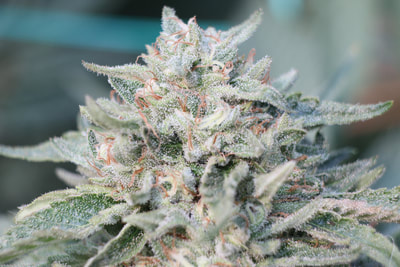
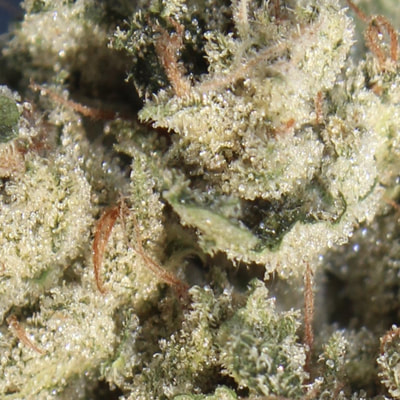
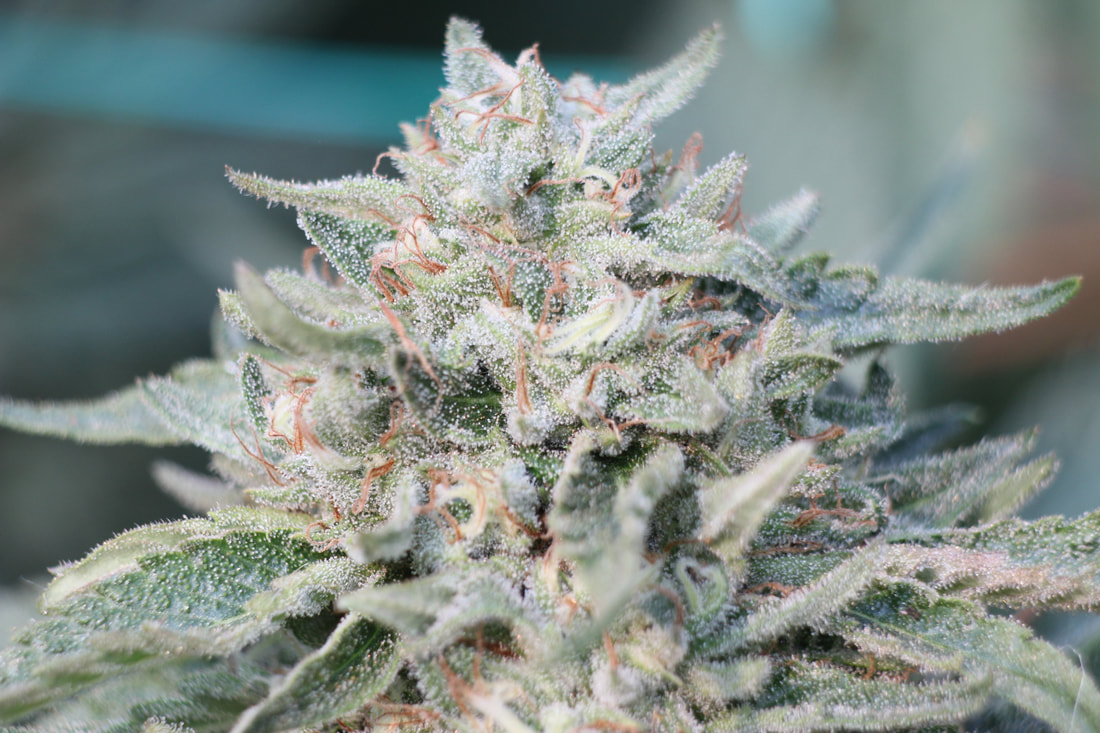
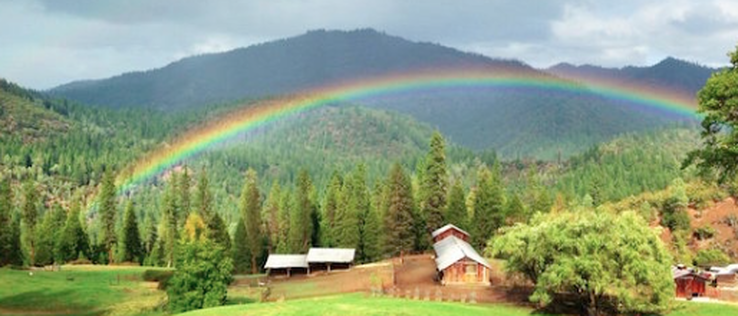
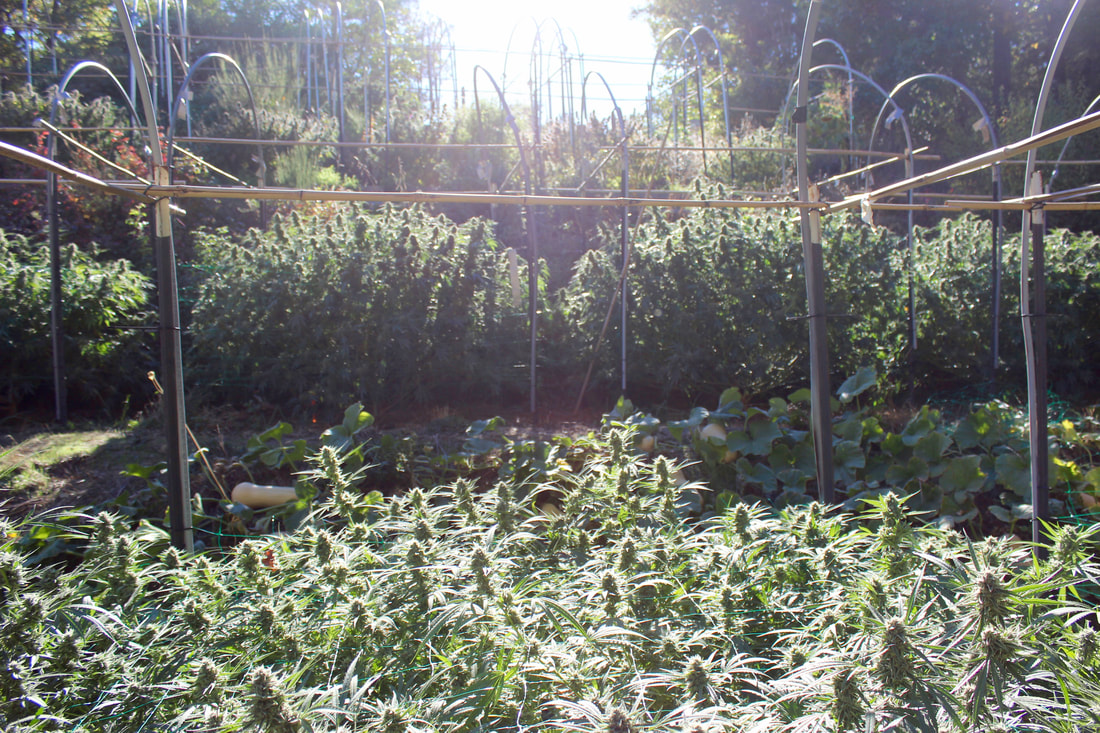

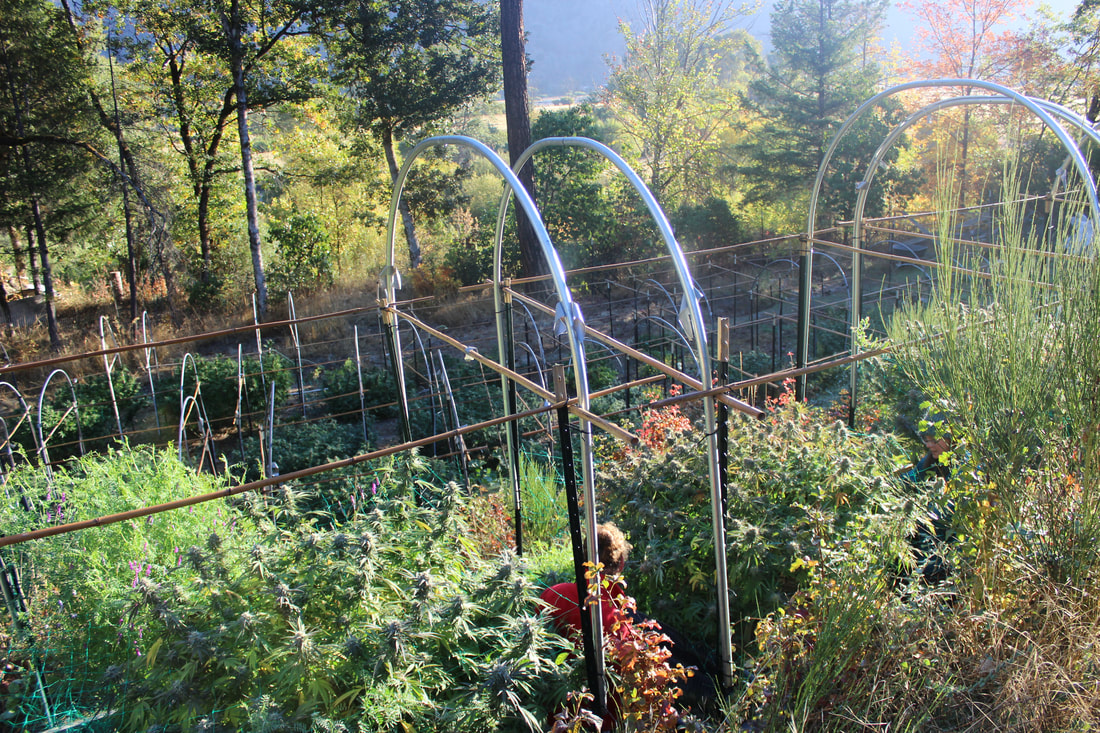
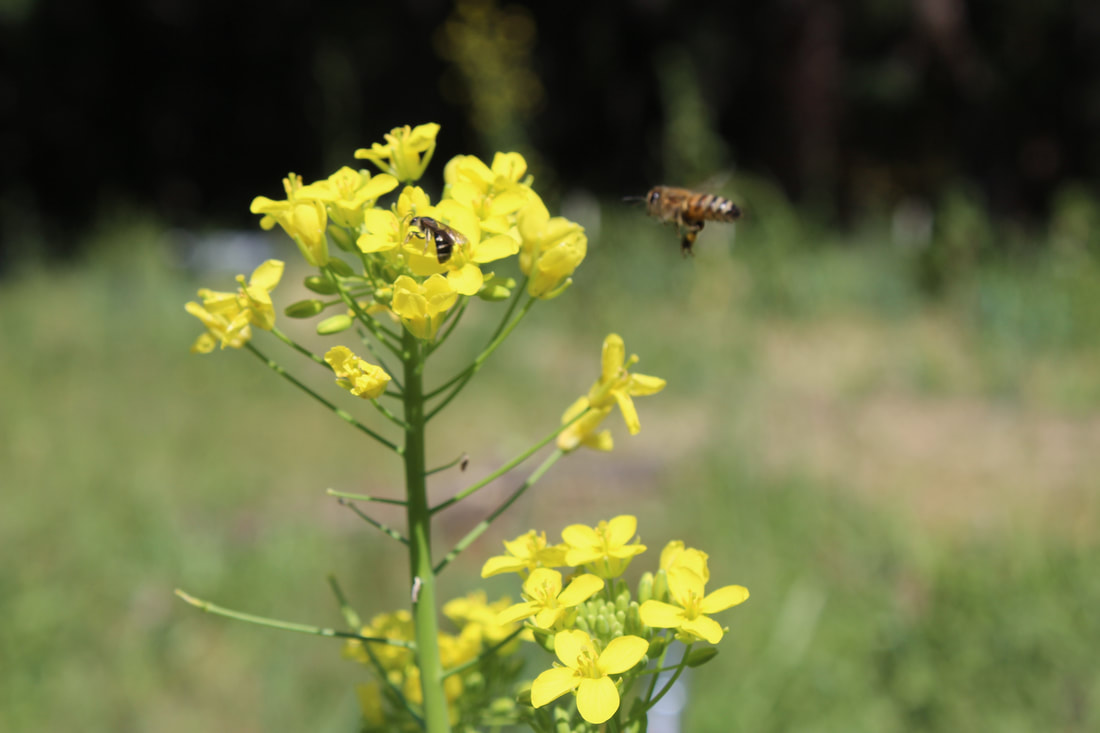
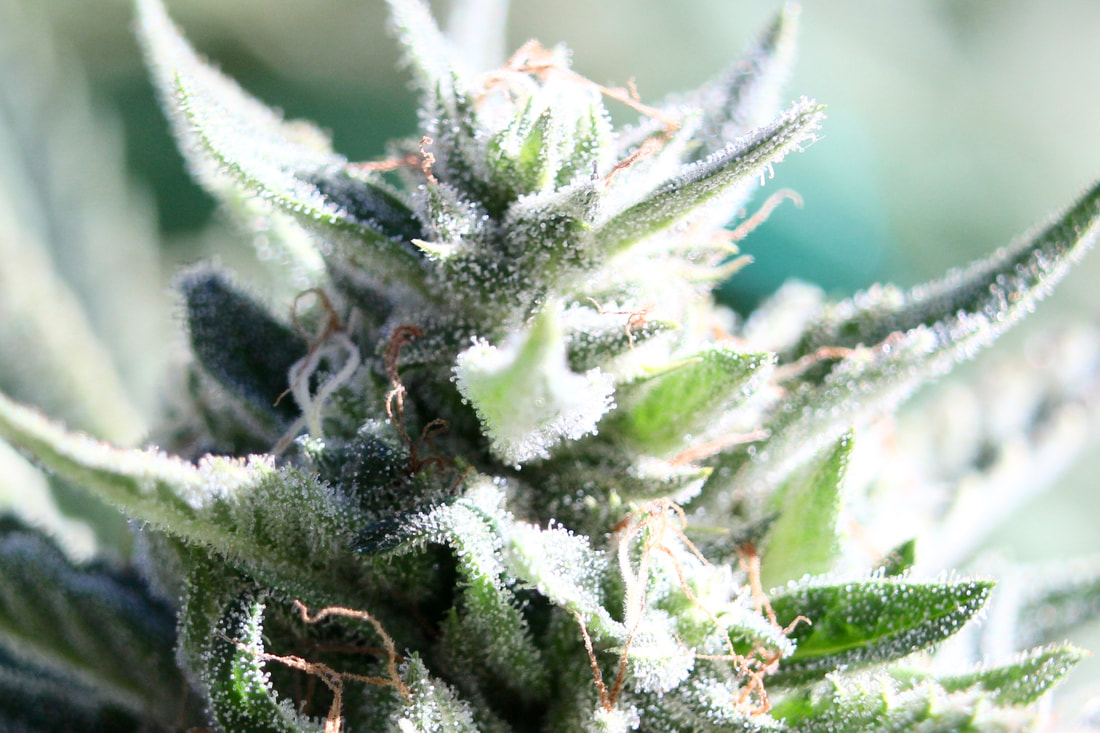
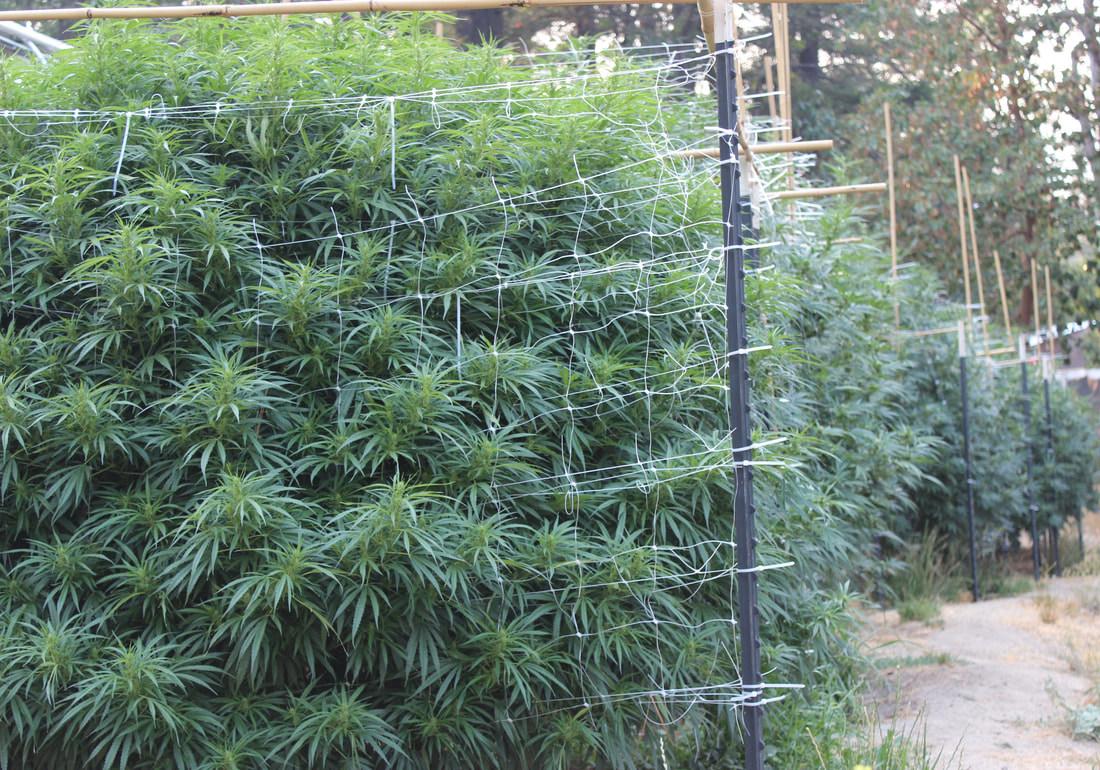
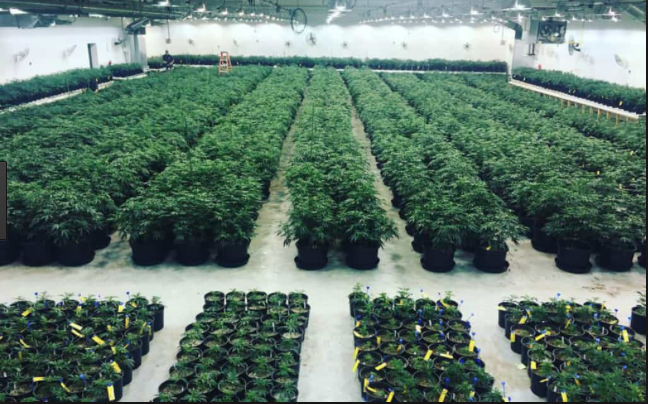
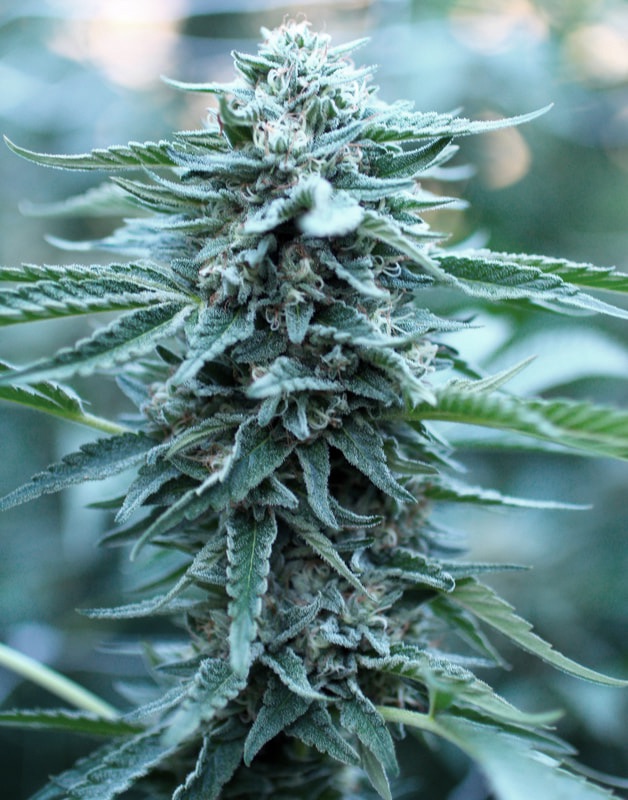
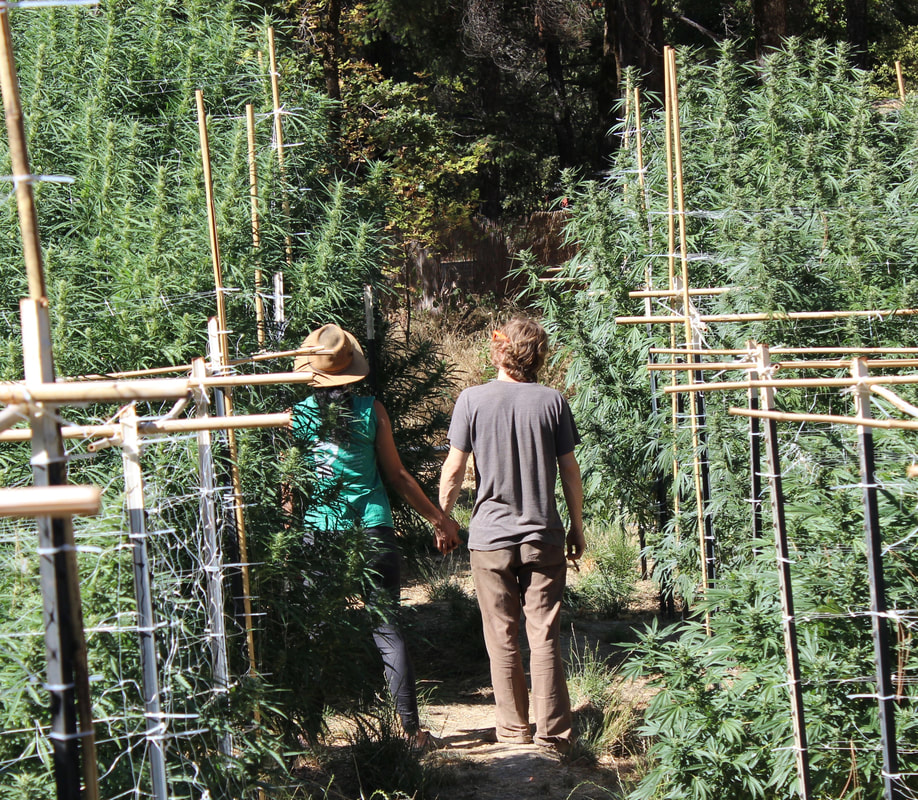
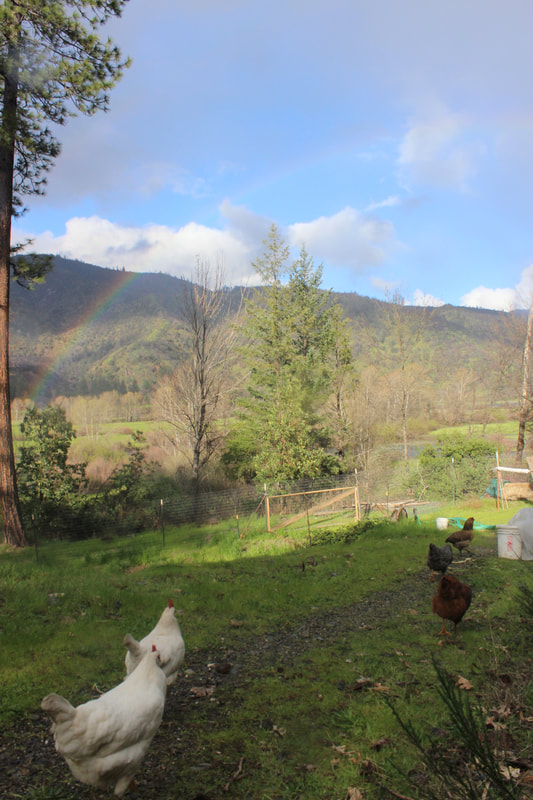
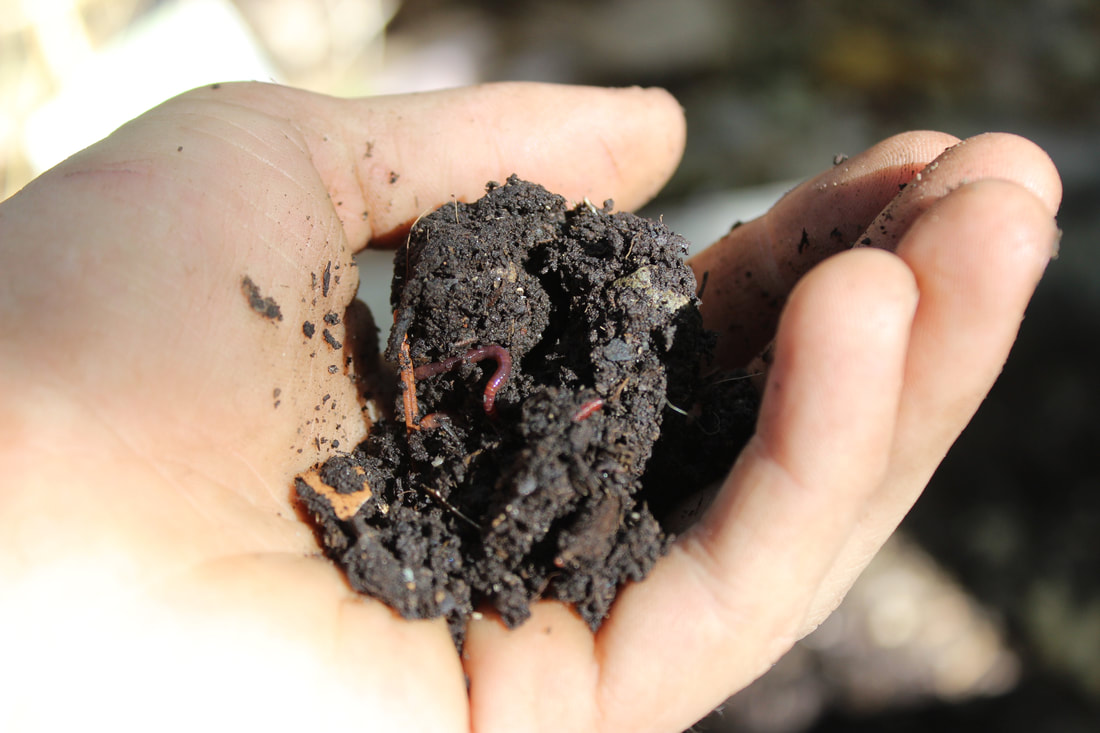
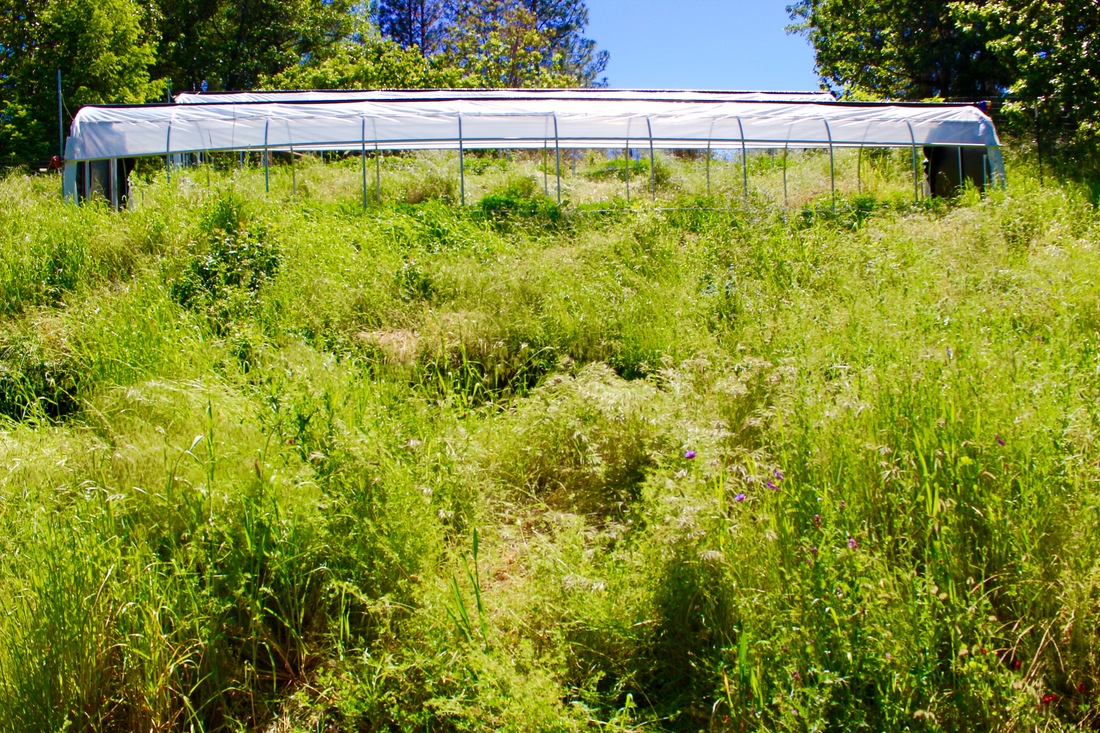
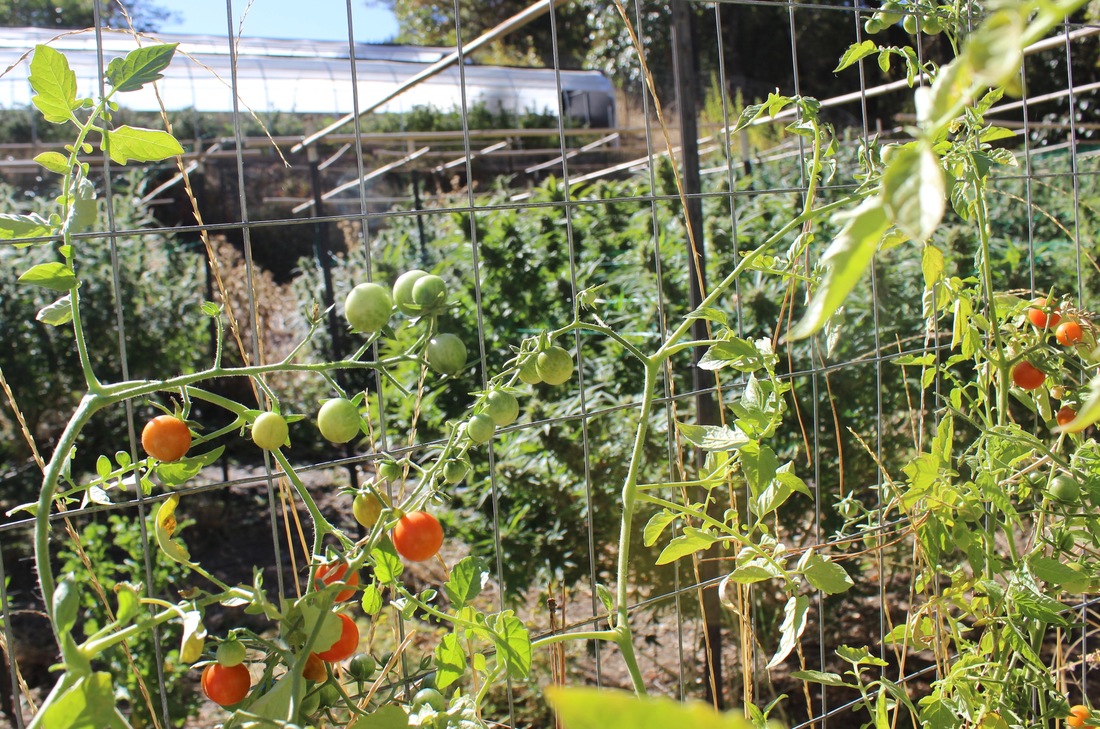
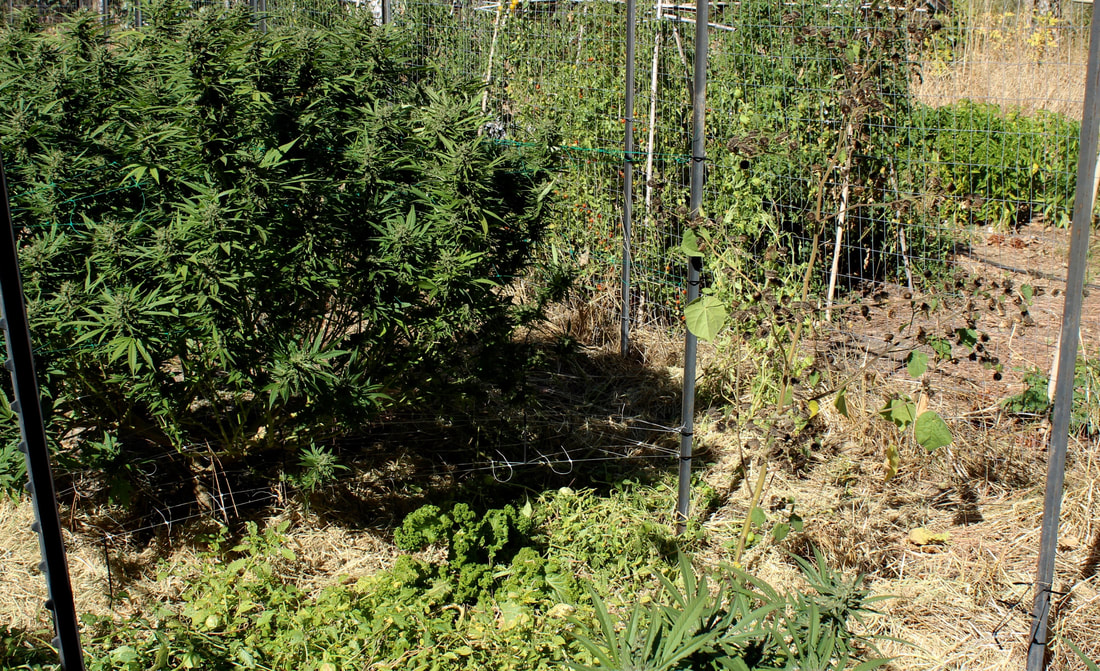
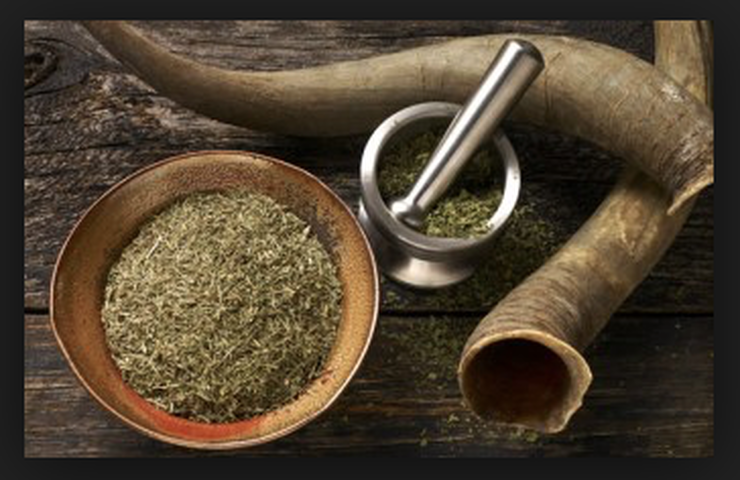
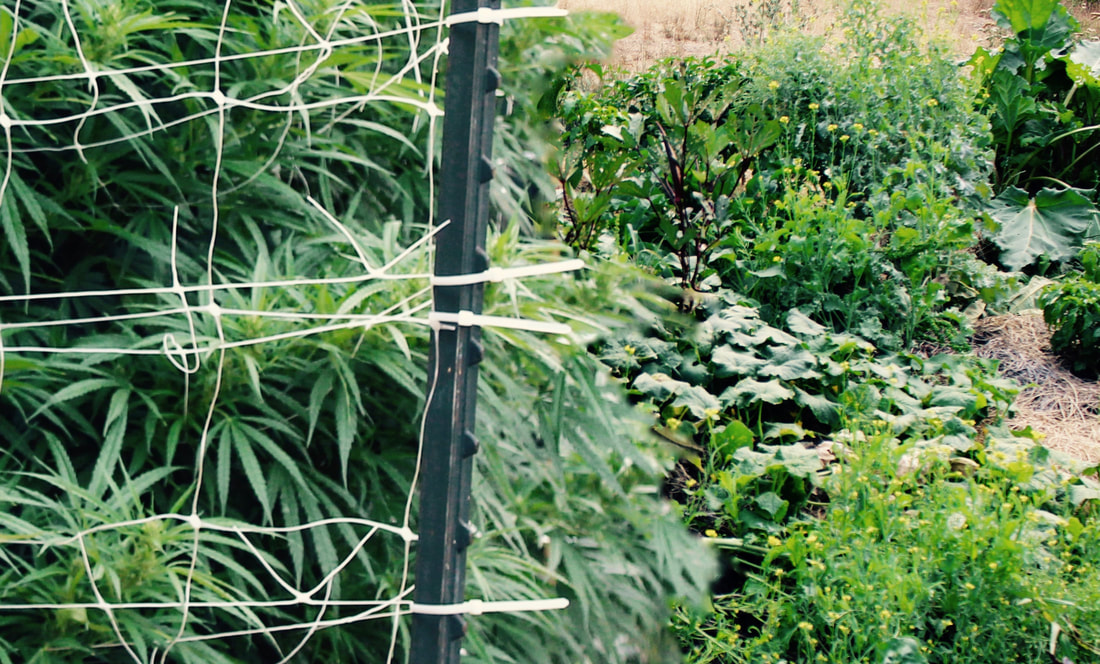
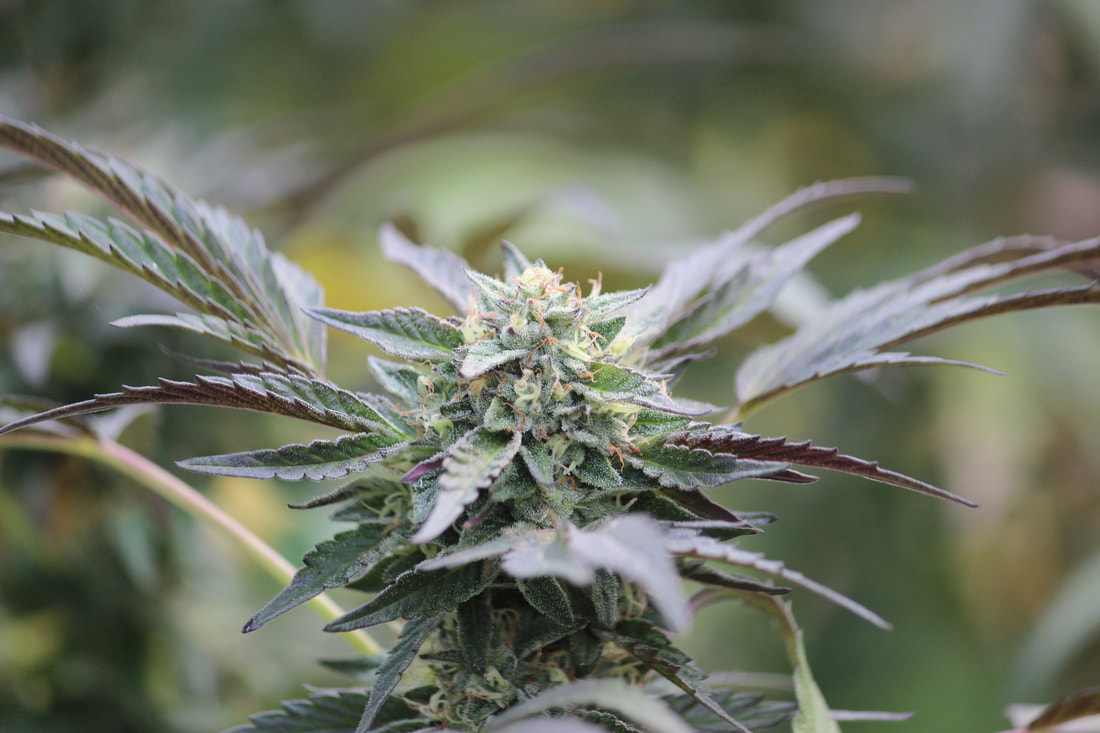
 RSS Feed
RSS Feed